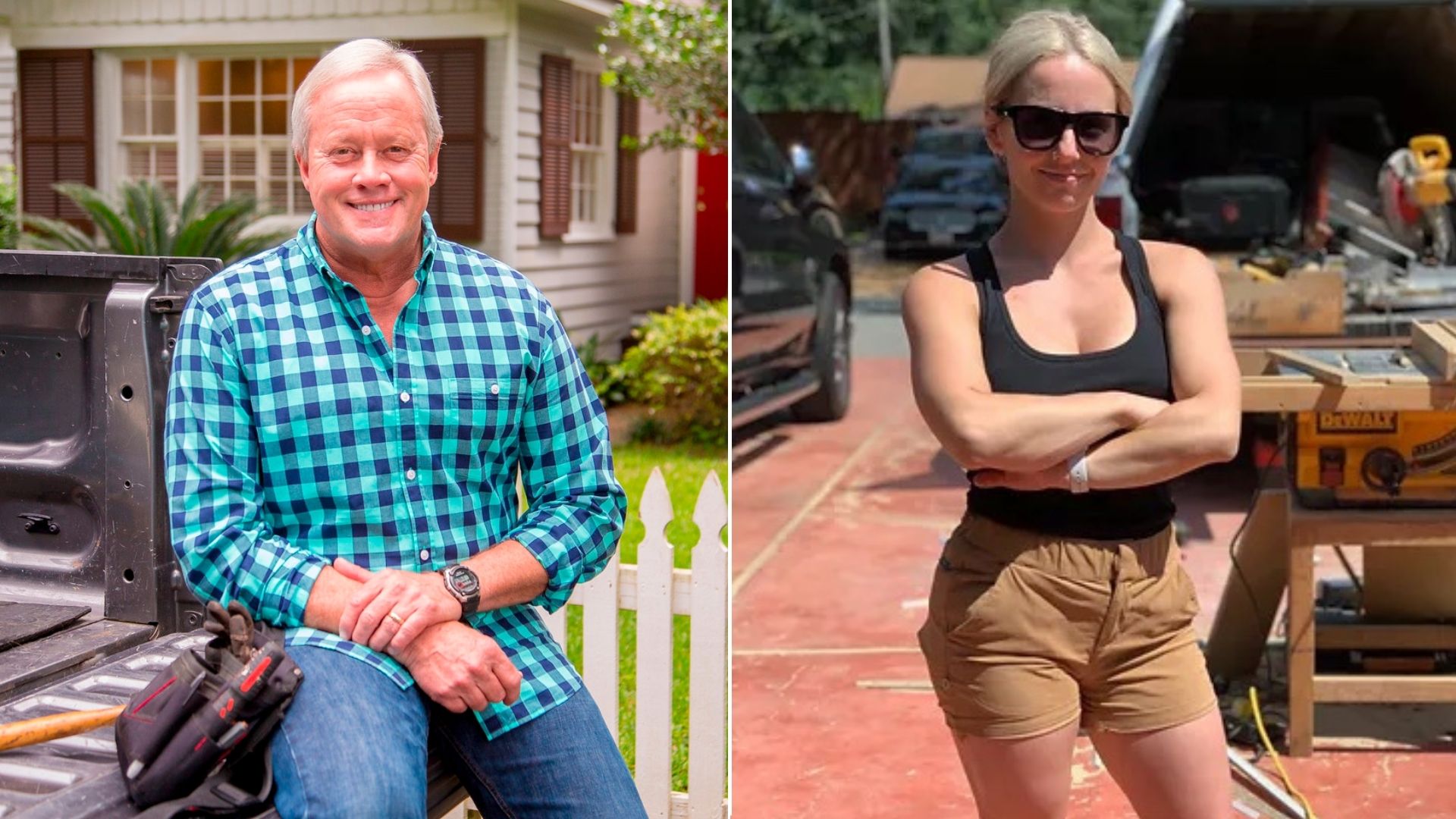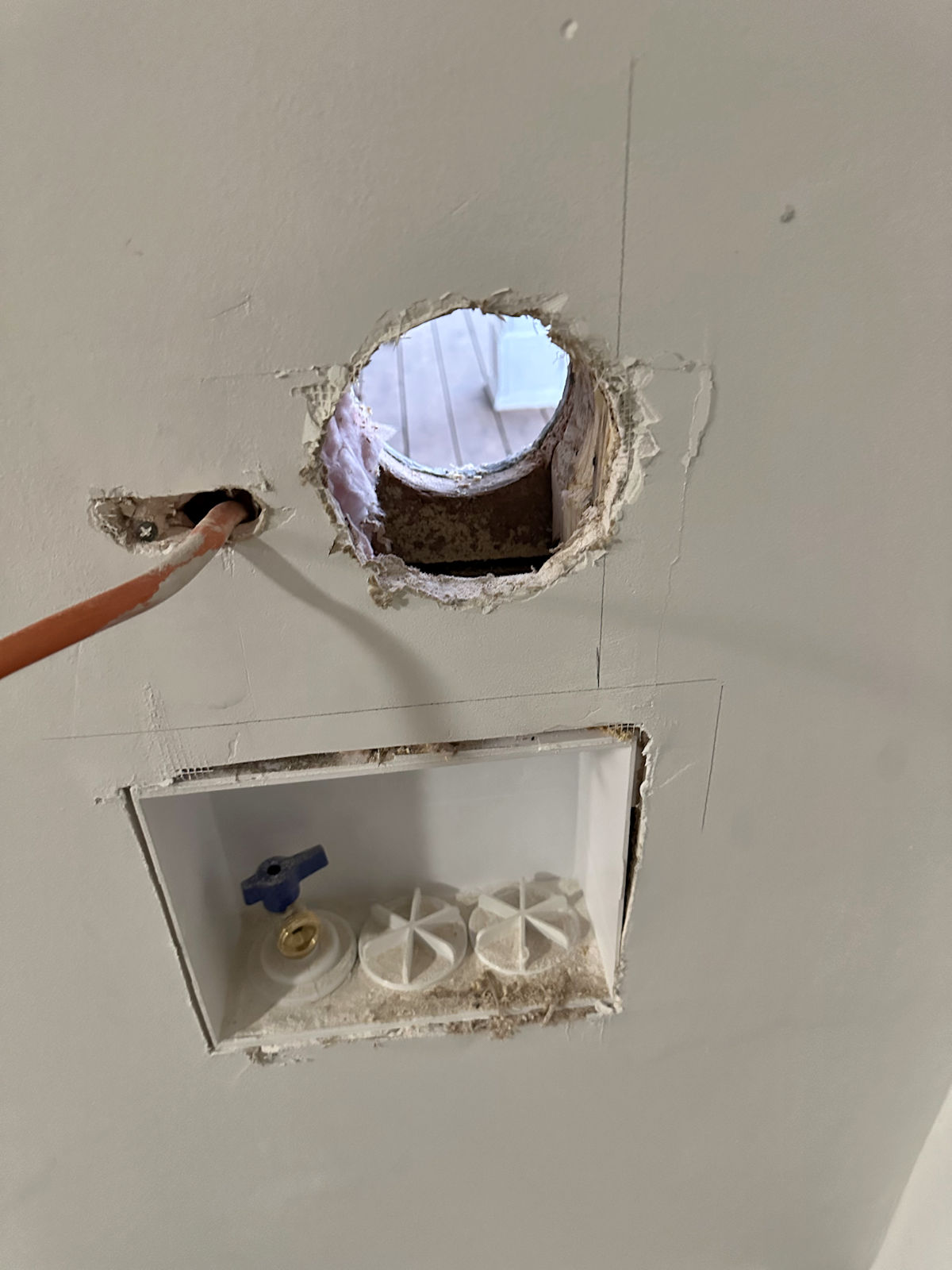[ad_1]
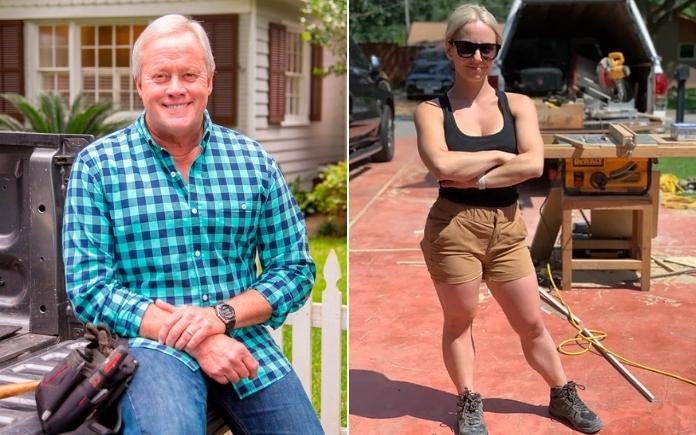
On this week’s episode of “Ask Danny,” Schannon Yodice, also known as “That Tile Chick” on Instagram, has all the answers to your tile questions.
Schannon is a tile contractor who specializes in tile installation and design. She worked on tile projects part-time until August 2020, when she took the leap of faith to go into setting tile full-time. Since then, she’s grown her social media into her own business.
Read on to learn more about all things tile.

Flooring Matters
Can you glue tile directly onto a wood subfloor?
That Tile Chick: Technically, you can do it, but you have to have a certain thickness and the joist spacing needs to be correct. It’s not recommended.
Always use an uncoupling membrane over a wood subfloor, like one from Schluter Ditra.
This page contains affiliate links. If you purchase a product from these links, we will earn a small commission at no additional cost to you.
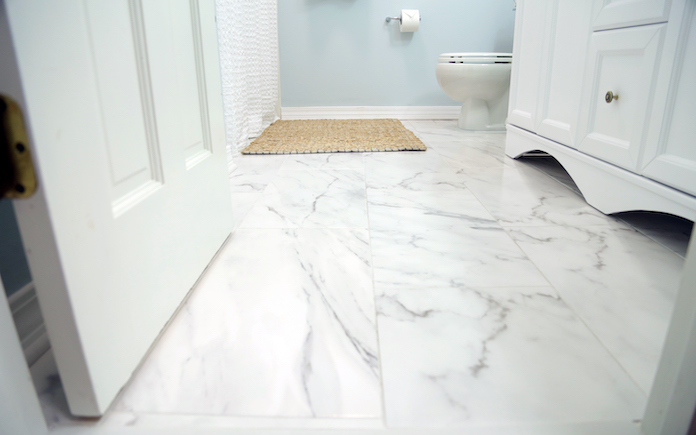
Tiling Over Ceramic
Can you install tile over existing ceramic tile?
That Tile Chick: It depends. This is where people can get confused. Some say it’s fine to do so while others say no.
Here’s a good rule to follow: The tile you’re installing is only as good as what it’s stuck to.
So, if you are setting new tile on top of ceramic tile that’s in bad shape, your new tile installation will likely fail.
If the ceramic tile has a solid base, like it was set mud bed, and there aren’t any cracks or loose tiles, you can probably tile over it. But, you have to prime it with a product made for tiling over tile. I use Mapei ECO Prim Grip. Roll on two coats, and always follow the instructions.

Tips for Outdoor Tiling
What are your tips for installing outdoor tile?
That Tile Chick: Always use porcelain tile. It’s much more durable than ceramic, so it won’t crack as easily.
If you are in an area prone to freeze-thaw, you must use a thin-set mortar or an adhesive that is rated for outdoors. Not all adhesives are rated for outdoors, so if you use one that isn’t, your tile could pop up from the surface.
Prep the surface well. Many outdoor surfaces, like concrete patios or porches, are sloped away from the house, so you won’t get a truly level surface. Fill in any dips or low spots with a concrete patching compound so water doesn’t pool under the tile.
Use an anti-fracture membrane, like RedGard Waterproofing and Crack Prevention Membrane. It’s like liquid plastic that protects the surface from cracking and transferring to tile.
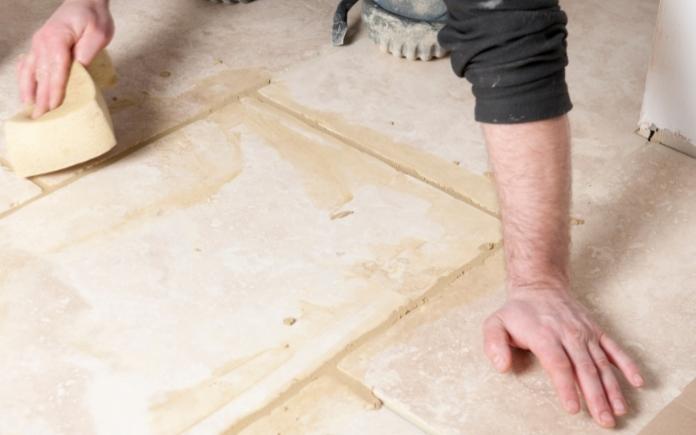
Cleaning Grout
After grouting tile, what are some tips for easy cleanup?
That Tile Chick: I like to use what I call the two-bucket system. One is the “clean bucket” and the other the “dirty bucket.” Here’s how it works:
- Fill two buckets with water
- Wet your grout sponge in one bucket, and wipe up the excess grout
- Then, wring your dirty sponge into the other bucket to rinse away the grout
- Rewet your sponge in the clean water bucket, and repeat
It’s near impossible to have no grout haze while grouting, especially with acrylic and epoxy grout. However, this method will alleviate that.
Once the grout is dry, use a grout haze remover. I use Bostik Blaze Urethane Grout Haze Remover.
While we’re on the topic of cleaning grout, here’s a tip you should know: When cleaning any tile surface, always use a pH-neutral cleaner, like ZEP Neutral Floor Cleaner or Bona Cleaners for Stone, Tile and Laminate Floors.
Because grout is porous, bleach and vinegar will eat away at it over time and also leave a film that will attract dirt.

Most Common Mistake
What are the biggest mistakes homeowners make when installing tile?
That Tile Chick: Not reading instructions. Every product out there has a data sheet that will tell you its limitations. This gives you factual information, not opinions.
Always follow manufacturer recommendations — they’ve created the product, tested it and know its limitation.
I’m going to listen to them over someone on YouTube. It’s great to get an opinion but always double-check with the manufacturer.

Watch Out For Pets
That Tile Chick: I work a lot in other people’s homes, and in those homes, people have pets. I love animals and interacting with them while I work, but you need to keep an eye on them.
We were working on a shower in a home with a cat. Keep in mind, when you’re working on a shower, you’re typically opening up a subfloor to remove plumbing.
When we were done for the day, we put a piece of plywood over the opening so the homeowner’s children wouldn’t accidentally fall in.
The next morning, when we removed the plywood, out came this black blob. The cat was trapped in the subfloor overnight!
It was a wake-up call for me as a contractor. As much as I love animals, I couldn’t imagine being responsible for harming them.
Learn more about Schannon Yodice, “That Tile Chick,” on her website and see her projects on YouTube, Instagram, Facebook and TikTok.
Further Reading
Ask a Question! (Podcast)
Ask a question and we could answer it on the “Today’s Homeowner Podcast!” We also may use it on our nationally syndicated radio broadcast or on todayshomeowner.com.
[ad_2]
Source link

